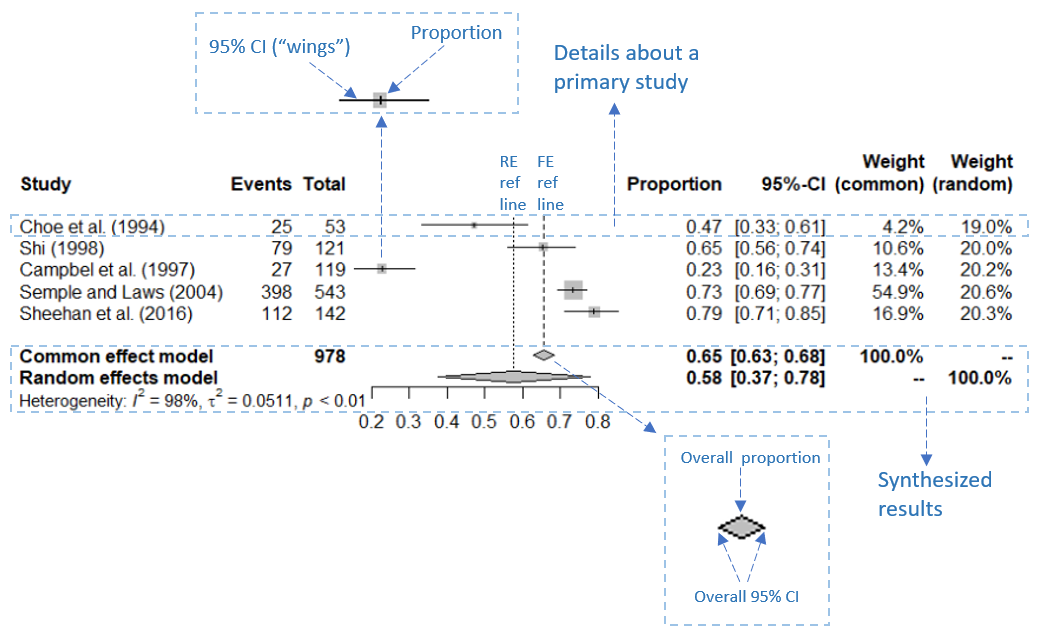Conducting Meta-analyses of Proportions in R
DOI:
https://doi.org/10.35566/jbds/v3n2/wangKeywords:
Meta-analysis of proportions, Heterogeneity, Meta-regression, Double arcsine transformation, Baujat plotAbstract
Meta-analysis of proportions has been widely adopted across various scientific disciplines as a means to estimate the prevalence of phenomena of interest. However, there is a lack of comprehensive tutorials demonstrating the proper execution of such analyses using the R programming language. The objective of this study is to bridge this gap and provide an extensive guide to conducting a meta-analysis of proportions using R. Furthermore, we offer a thorough critical review of the methods and tests involved in conducting a meta-analysis of proportions, highlighting several common practices that may yield biased estimations and misleading inferences. We illustrate the meta-analytic process in five stages: (1) preparation of the R environment; (2) computation of effect sizes; (3) quantification of heterogeneity; (4) visualization of heterogeneity with the forest plot and the Baujat plot; and (5) explanation of heterogeneity with moderator analyses. In the last section of the tutorial, we address the misconception of assessing publication bias in the context of meta-analysis of proportions. The provided code offers readers three options to transform proportional data (e.g., the double arcsine method). The tutorial presentation is conceptually oriented and formula usage is minimal. We will use a published meta-analysis of proportions as an example to illustrate the implementation of the R code and the interpretation of the results.









